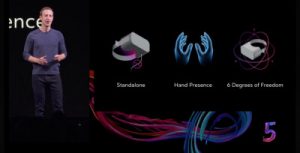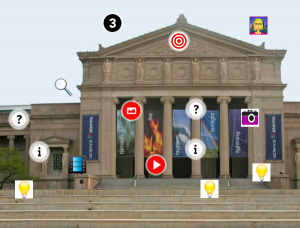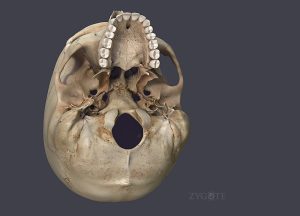UCISA 2018 Immersive Environments Conference
Heidi Singleton, Elizabeth Falconer and Debbie Holley presented “Engage and Engage and Educate with Virtual Reality: sharing our experiences of Virtual Avebury and VR Deteriorating Patient” at the UCISA conference this week and the presentation sparked quite a bit of interest.

We had the privilege of learning from others in the field (some of which are listed below). Click on the links to learn more.
Virtual Reality in STEM teaching- Samantha Chester, Loughborough University.
A collaborative project between staff and students to develop a Virtual Reality application for STEM teaching. We set out to test the concept that students could complete a laboratory exercise virtually before completing it in real life to encourage deep learning in the lab. This presentation will describe the process, the application itself and the early findings.
Samantha showed us several VR lab exercises that are being used with students. The evaluation is ongoing.
KARE: AR app for Clinical Simulation- Luke Bracegirdle, Keele Univeristy
Clinical simulation can support learning but it requires access to appropriate facilities. This creates challenges when training a larger number of learners, some learning remotely. This session will demonstrate “KARE” (Keele Augmented Reality Environment app) to show how simulation is possible with students, patients and for clinical workforce training.
I have previously blogged about the work at Keele:
Immersion on a Shoestring- Tom Lovelock, Keele University
Immersive environments are usually viewed as gleaming, high-tech, high-cost projects. But what about the shoestring solution? Can meaningful and useful immersive environments be developed with low-cost or even free tools?
Tom showed us how he had used a 3D scanner to scan a human skull. The very high quality 3D image was put onto powerpoint to use in a lecture.
Creating and deploying Immersive VR Learning Materials in Health and Social Care- Paul Driver, Anglia Ruskin Univeristy
This talk will share the current use of virtual reality at Anglia Ruskin University. Drawing on examples from teacher education, mental health, social care and nursing, I will discuss the findings of ongoing research, outline the theoretical motivations for using VR, and highlight the lessons learned.
Paul presented a really interesting and low budget example- using 360 video along with Thing Link. He places his videos on Brightspace and links to moodles quizzes. He has made videos for social care and mental health nursing, which highlight hot spots in environments and link to documentation etc.
https://www.youtube.com/watch?v=eRKYE0CJ4M8

Can VR ward round experience help improve medical students clinical confidence and documentation accuracy? Nasif Mahood and Terese Bird, Univeristy of Leicester
Following either a Virtual Reality simulation or a reading exercise on potential ward round events that can impact on documentation and confidence, participants’ pre and post-intervention confidence was assessed as well as the accuracy of their ward round documentation in a subsequent real-world ward round simulation.









